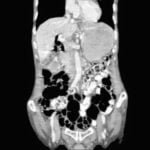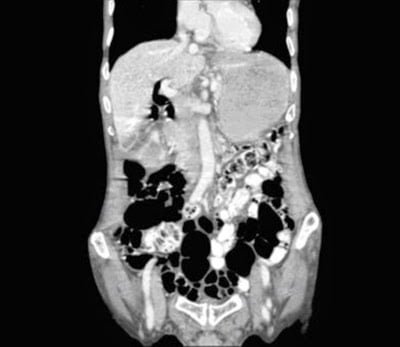
Clinical case of the month : Staggering waiter !
This case was contributed by
Dr.Shruthi S
Associate Prof.Dept of General Medicine
Yenepoya Medical College Mangalore Karnataka
Clinical scenario
A 57-year-old male patient, waiter by occupation
without any previous comorbidities,came with complaints of the frontal
headache of one-week duration.It was associated with,
low-grade fever & chills.
The patient also complained of swaying to the left side
while walking which affected his job in the hotel.
There were no similar complaints in the past,
no history of prior trauma, head injury, fall or recent vaccination.
No history of seizures.
No history of loss of weight or appetite.
On examination:
The patient’s vitals and general physical examination were normal.
CNS examination revealed normal higher mental function.
The cranial nerves, motor system, sensory, examination were normal.
The fundus examination was also normal.
He had no signs of meningeal irritation.
However, there was the presence of bilateral cerebellar signs
in the form of ataxia,dysdiadochokinesia, finger nose ataxia more on
the left side than the right. The patient had classical cerebellar gait,
Other system examination was normal.
Evaluation
On evaluation, the patient had normal Complete blood count
Hb- 14g%, TLC-8000cells/mm3, platelets,
ESR eosinophils we’re in a normal range.
RBS, LFT, RFT were normal. The serology for HIV, HBsAg were negative.
MRI brain revealed multifocal ring-enhancing lesions
in supra and infratentorial neuroparenchyma with
diffuse cerebral edema suggestive of neurocysticercosis.(Fig 1)
CSF analysis :
CSF fluid analysis showed protein 17 mg%, glucose 91mg%,
cell count of 18 with neutrophil predominance.
The ZN stain of CSF was negative for AFB.
CSF ADA was within normal limits.
Hospital course:
His GCS at presentation was 15.
The patient was Treated with anti-edema measures
Mannitol, dexamethasone 8 mg thrice a day.
However during the course of hospital stay
patient had a drop in GCS to E4M5V4,
 |
| Fig 3 Neurocystiscircosis cerebellum region |
CT brain was done showed obstructive hydrocephalus
and a ventriculoperitoneal shunt was placed to decompress the brain.
On Post-op day 3 patient’s sensorium improved and few days he was discharged home .
Teaching message
Bilateral cerebellar signs are more common with systemic diseases
like post-infectious cerebellitis, multiple sclerosis,
ADEM. But in tropical areas, parasitic infestation should also
be considered as a differential for acute ataxia.
Acute ataxia is an uncommon presentation of neurocysticercosis.
Join the mailing list!
Get the latest articles delivered right to your inbox!




